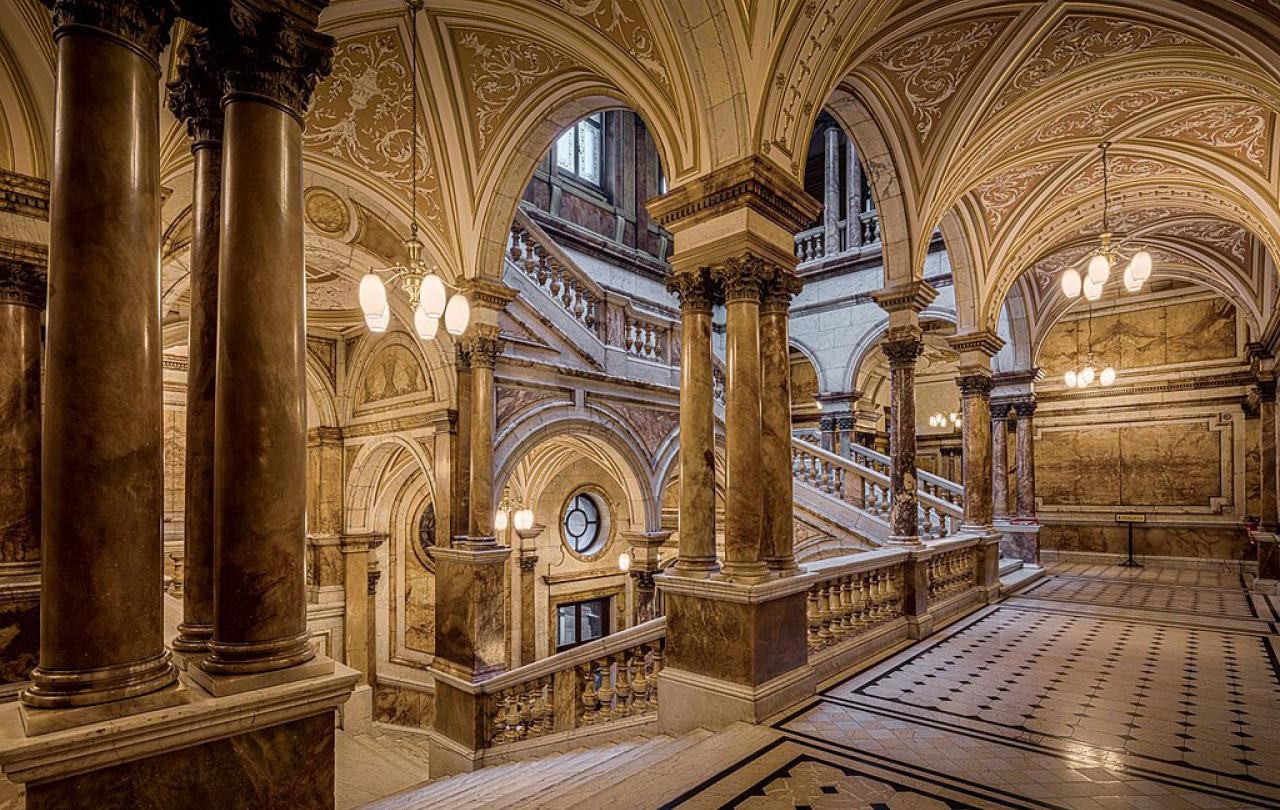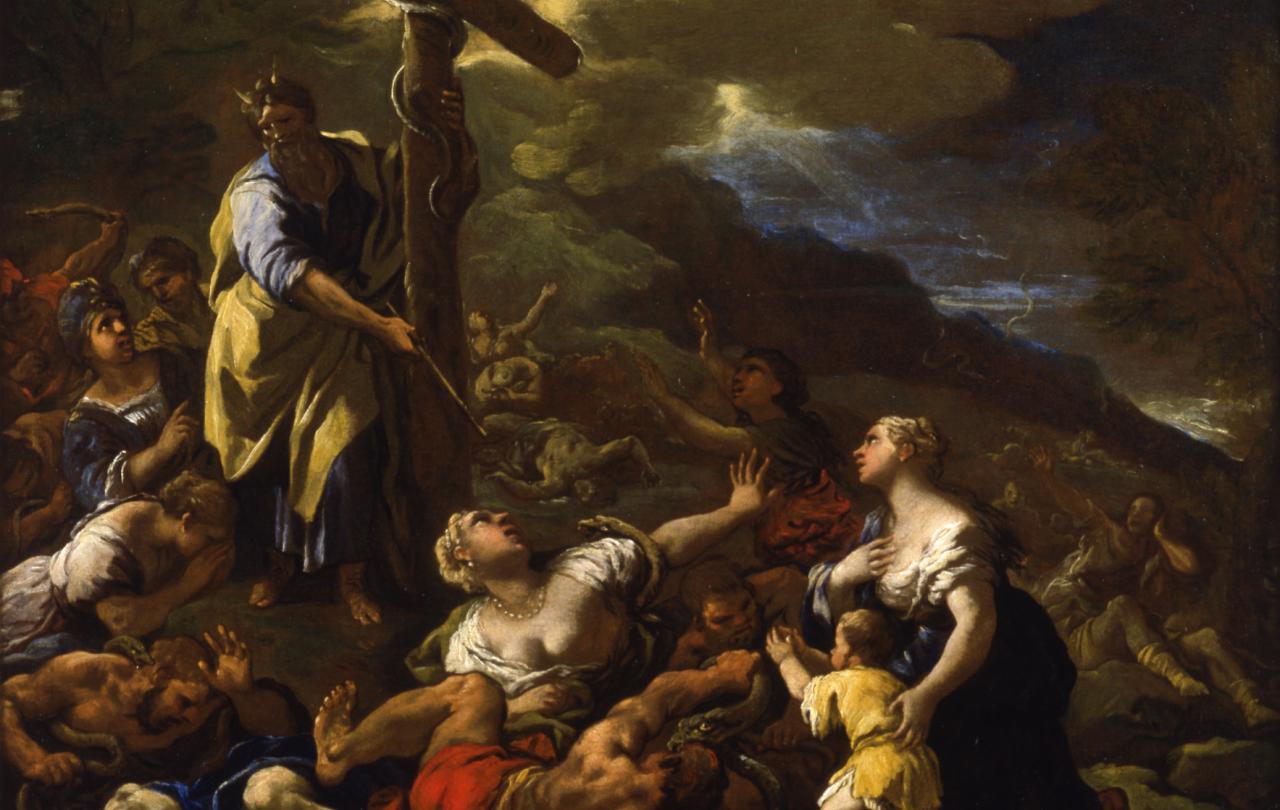
At the local level in politics, I have found there is a stereotype that persists more than that of the corrupt politician. It is the glum councillor, the pothole poser, or sometimes the councillor looking glum while pointing at potholes. These are the photos that turn up on election leaflets, and in local news, and there are lots of them here in Devon because potholes are numerous and huge.
When I was a district councillor, I tried to push back against this image – I would smile, avoid photos with potholes, share the good stuff found in the community alongside working to improve what wasn’t working. But, looking around the council chamber, it was hard to deny. Sometimes the glumness would slip into sleep; I’ve seen councillors prodded awake ahead of important votes that impact tens of thousands of people. That is not just glum councillor, that is irresponsible, disengaged councillor.
And though the responsibility lies with them, this never surprised me. In my four-year term, I too felt a disillusionment creep in. And I am perennially hopeful; my default is to see possibility. But four years in a context of budget cut after budget cut, endless bureaucracy, lifeless language, and an aversion to trying things differently, even I started to slump in my seat. I never fell asleep, but sometimes my soul did.
Author-farmer Wendell Berry – who speaks with much affection and wisdom about the importance and strength of local community – said that
“unlike the local community, the government and the economy cannot be served with affection, but only with professional zeal or professional boredom.”
I have seen that professional boredom in the language, in the sterile council chamber bare of life, where processes and procedures rule more than humanity; where passionate members of the public would attend meetings only to be told they couldn’t input because they hadn’t pre-registered; where a meeting that finished before the allocated time was seen as successful, regardless of content. I’m sure it should feel more hopeful, more vision-led, more life-giving to be involved in local decision-making – it should be about placemaking more than simply ticking boxes and balancing budgets.
There are, of course, councillors who care deeply, and there are councils where local decision-making is being reclaimed by to serve the local community, economy, identity – like the independent councillors elected onto the town council in Buckfastleigh in South Devon who made it more plain-speaking, more accessible and more engaged; and the Flatpack Democracy movement started in Frome Town Council that has sparked similar local ‘revolutions’. But I think there is something else needed, if local government is to replace lifelessness with hope and vision. Something more upstream of the how.
When the spirit of the age feels like cynicism more than delight, more than beauty, more than possibility, it impacts our relationships and the places that should thrive on good relationships like local government.
In his essay The Joys of Storytelling, Ben Okri says, “In a fractured age, when cynicism is god, here is a possible heresy: we live by stories, we also live in them...if we change the stories we live by, quite possibly we change our lives.” I would often imagine a story of local government that makes space for enchantment. Former monk Thomas Moore speaks of reenchanting as a reawakening to the depth of soul that embraces us and the world. Councils, like lots of spaces, feel disenchanted. Perhaps much of our current disenchantment is symptomatic of our alienation from ourselves, from each other, and from our shared humanity – and from the belief that this shared state of being is strong enough to take the weight of our world, even as heavy as it feels now. When the spirit of the age feels like cynicism more than delight, more than beauty, more than possibility, it impacts our relationships and the places that should thrive on good relationships like local government. Everything dulls; we disconnect from our spirit-breathed humanity, we forget that we were pulled from the soil by a gardener God who made us to be with each other, surrounded by beauty and life.
In the book Faith, Hope and Carnage, the musician and writer Nick Cave says that the “luminous and shocking beauty of the everyday is something I try to remain alert to, if only as an antidote to the chronic cynicism and disenchantment that seems to surround everything, these days. It tells me that, despite how debased or corrupt we are told humanity is and how degraded the world has become, it just keeps on being beautiful. It can’t help it.”
Cave’s words echo Dostoevsky who wrote in The Idiot that ‘the world will be saved by beauty’, which in turn, echoes earlier sentiments from the likes of Plato, Aristotle, and Thomas Aquinas who taught that God is truth, goodness and beauty. In the Bible, Jesus pointed again and again to these things too – in people, in creation, in God. They feel like good things to point the way now; more timeless and apolitical than any current ‘vision’ in government, more tangible than a distant government, more life-giving than purely balancing budgets as a goal. Of course, local government also needs better and more reliable funding, more efficient processes, passionate people, and lots more – but I think these things are more likely to come, in part, from a re-enchanted local government that draws on the “luminous and shocking beauty” of the everyday, and of local people and places. To start to make space for that re-enchantment, government could experiment with three things (which, more than funding, need people willing to try, to think beyond business-as-usual, to take existing resources and think about how they can be used even slightly differently).
It may not need to overcome death, but local government could embrace local people, their humanity, their aliveness.
First, it could move away from language that is detached from emotion and care and life. The word ‘enchant’ has its root in words – cantare means ‘to sing’ – Councils could aspire to make language beautiful more than bureaucratic, clear instead of obscure. It could invite local people into decision-making using life-giving and locally meaningful words and ideas, rather than excluding them with jargon and lifeless language. For this, we’d need the help of local storytellers, poets, writers, speakers – people who can wake us up with the power of words.
Second, local government could bring that “luminous beauty” into the space, rather than sealing conversations and processes away in characterless buildings. Meetings I’d go to were usually in bland rooms, with beige walls, nylon grey carpets, lukewarm coffee. Letting even some of the beauty of this world in – perhaps with colour, architecture, art; perhaps with stories and creativity and food; perhaps with some meetings outdoors in the beauty of the world – would, I think, breathe life into the space, and into relationships, and so into what becomes possible.
Lastly, re-enchanting local government must include re-humanising it, because humanity at its best is relationship and soul and care; it contains the same possibility that was present in Eden when all this was dreamed up. If, as Christians believe, humanity is made in God’s image, then God is endlessly creative; God is about the detail of our lives as well as world-shaking stories; God is about life – life that is so alive it overcomes death. It may not need to overcome death, but local government could embrace local people, their humanity, their aliveness; it could ask them to show up as themselves, with all their strengths and weaknesses, their ideas and hopes and fears, rather than shut them out because they cannot bend to inflexible meetings and procedures and language. It would not shy away from these things; it would use them to create new life and thriving places.
Re-enchanting local government could, I think, bring us closer to beauty, to the goodness of each other, to the truth of people and places. From there, I think it becomes possible to restore relationships, to imagine what government might be at its best, and to view it as a place-based way of knowing and actually serving people. I think it becomes easier from there to look downstream – to re-think processes, the voting system, and the rules of ‘business as usual’ – and perhaps even to fix potholes and the glumness that goes with them.





